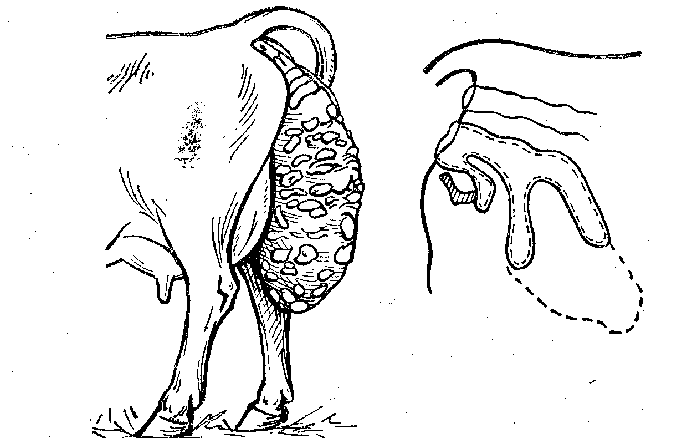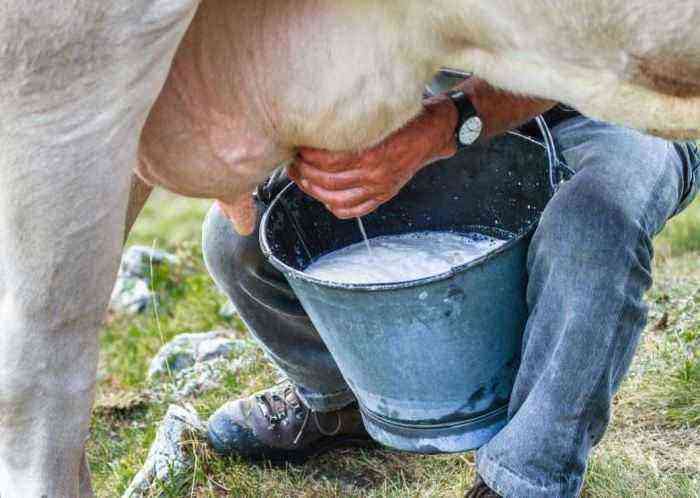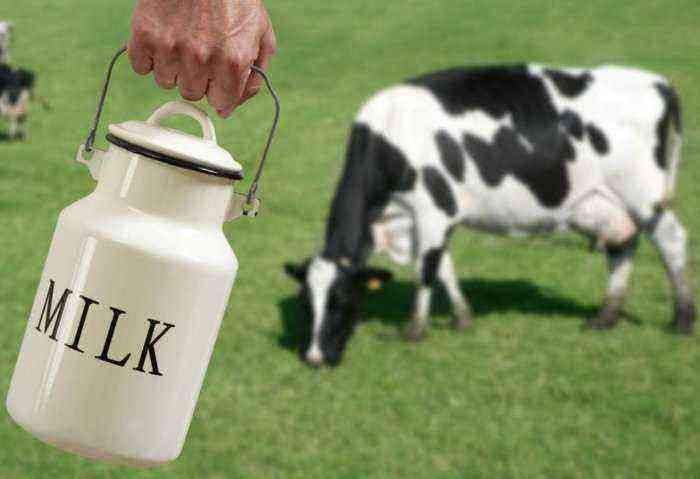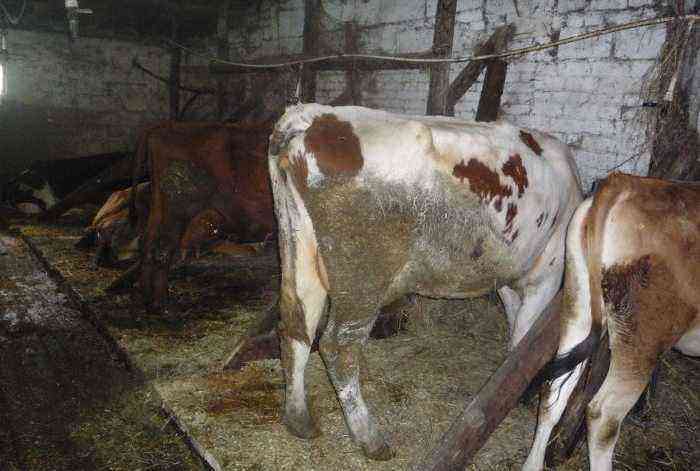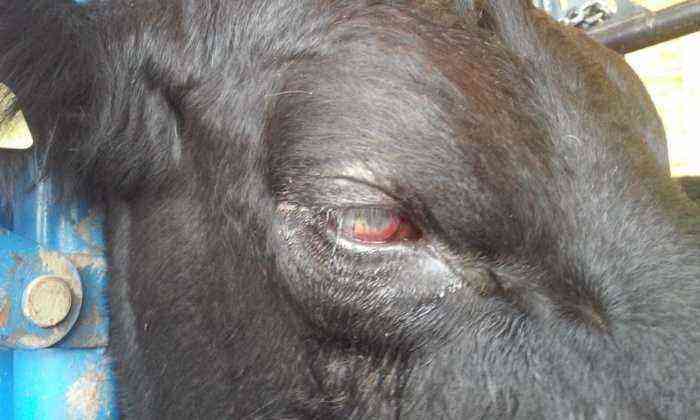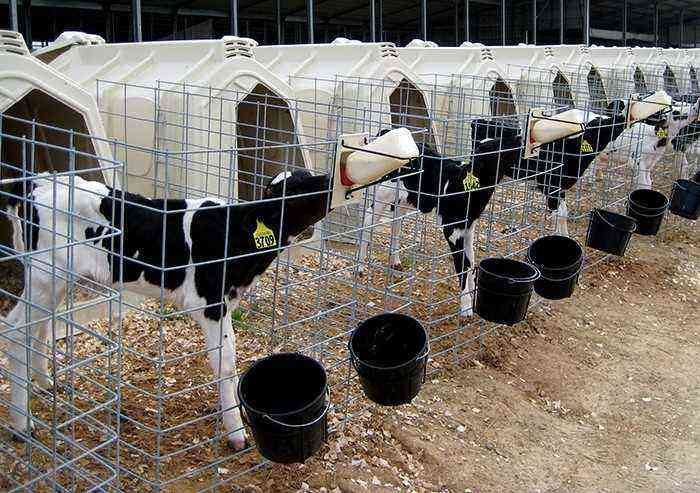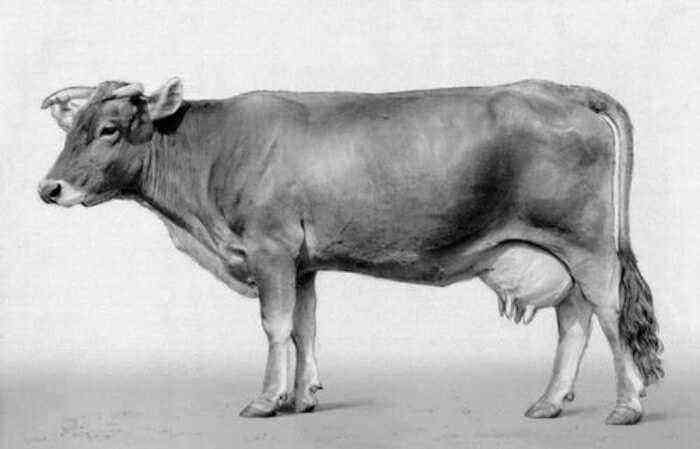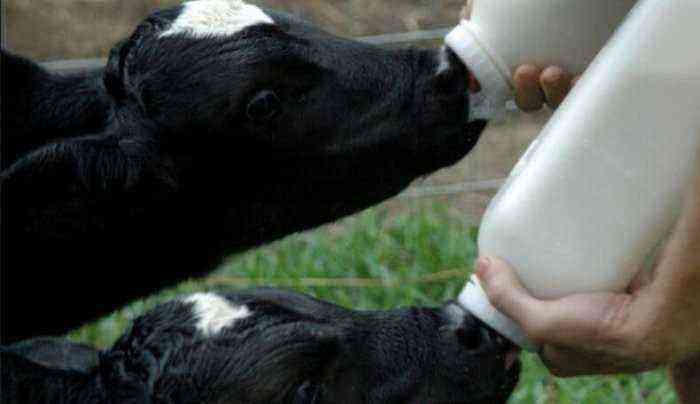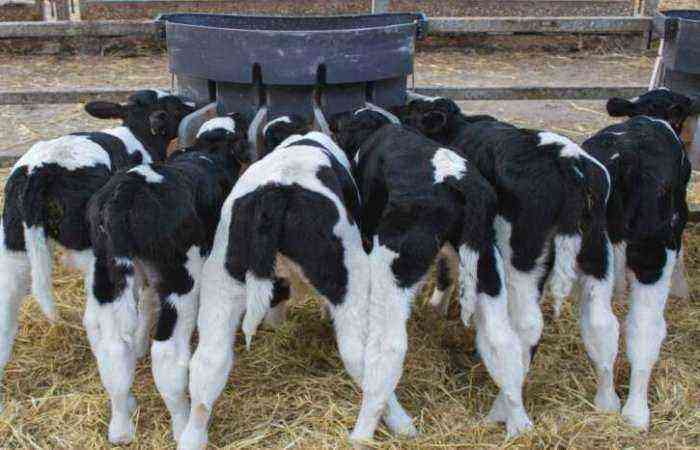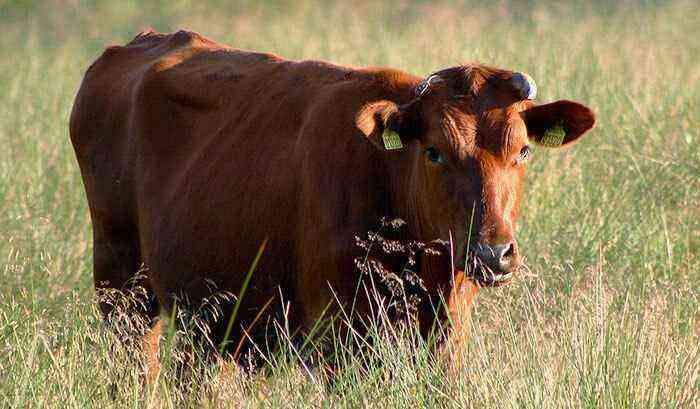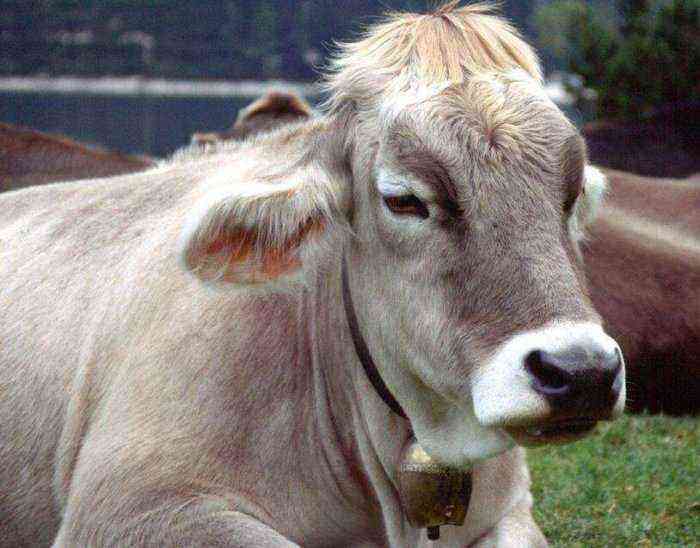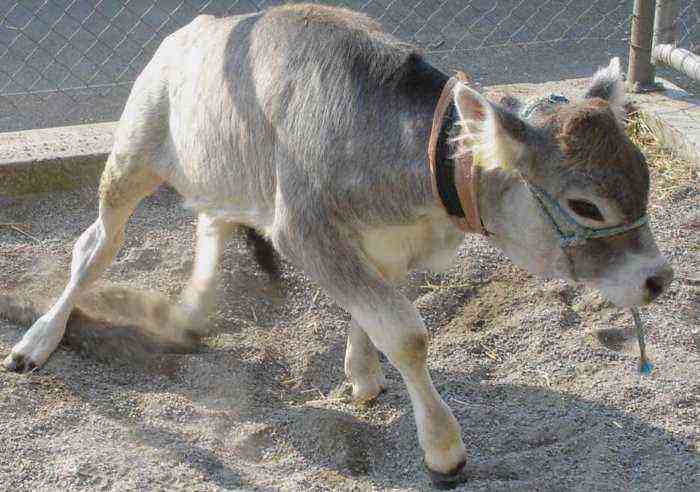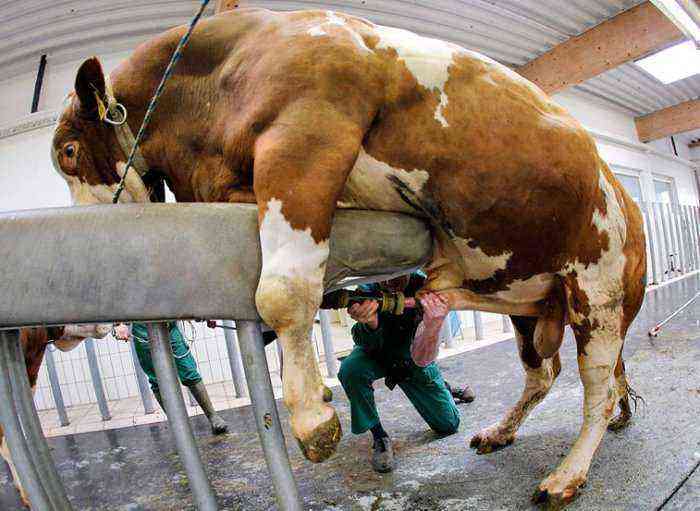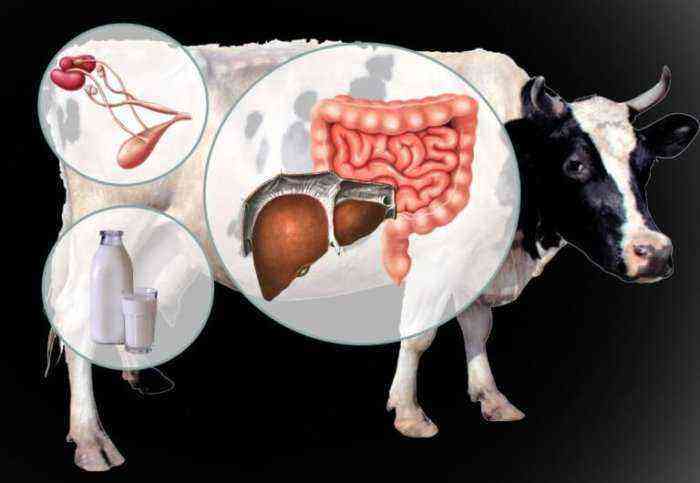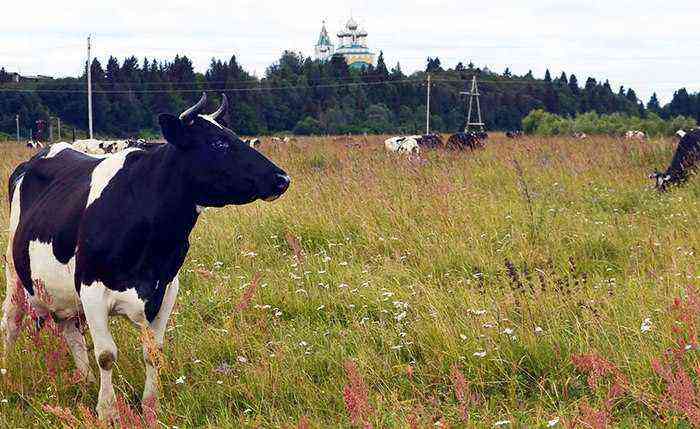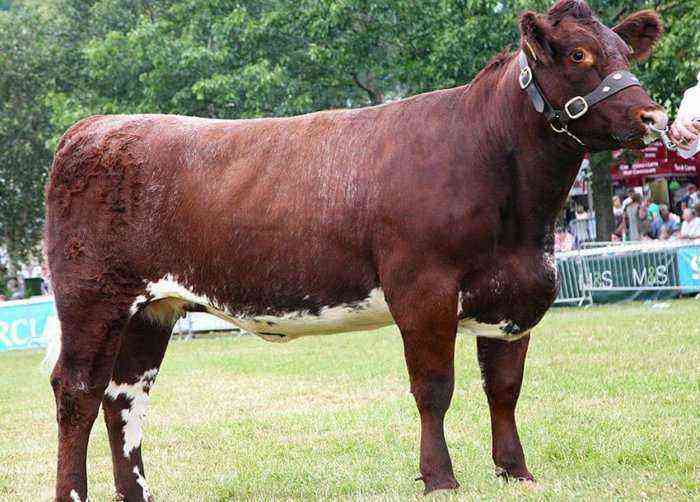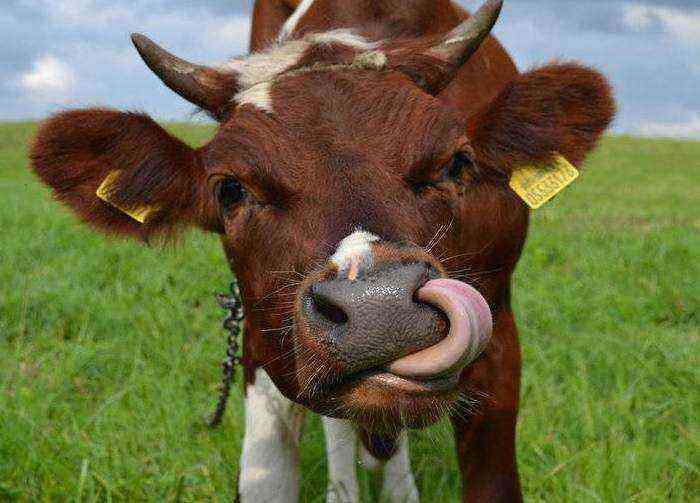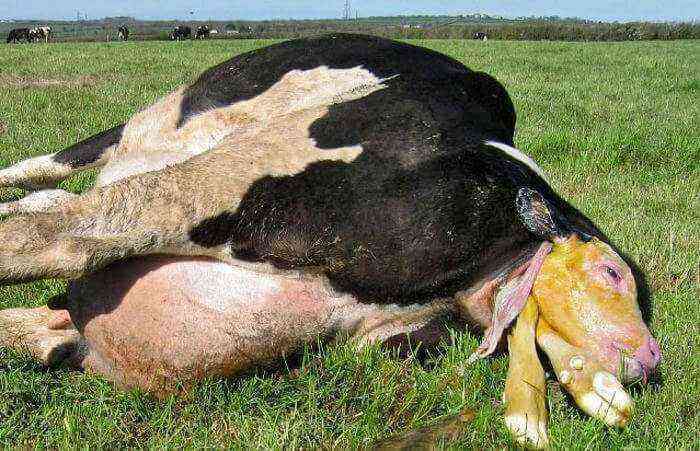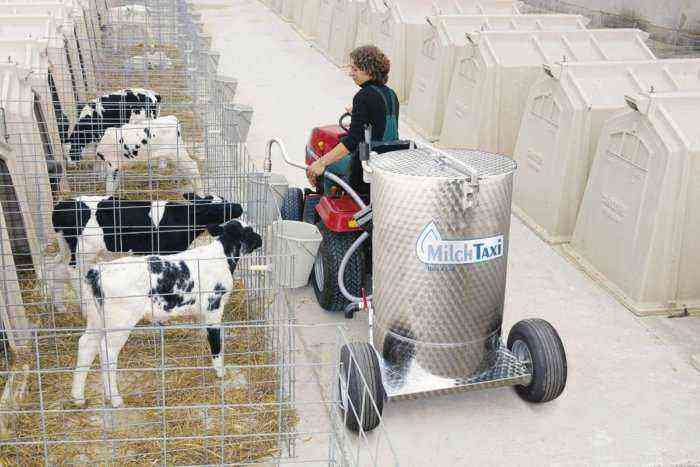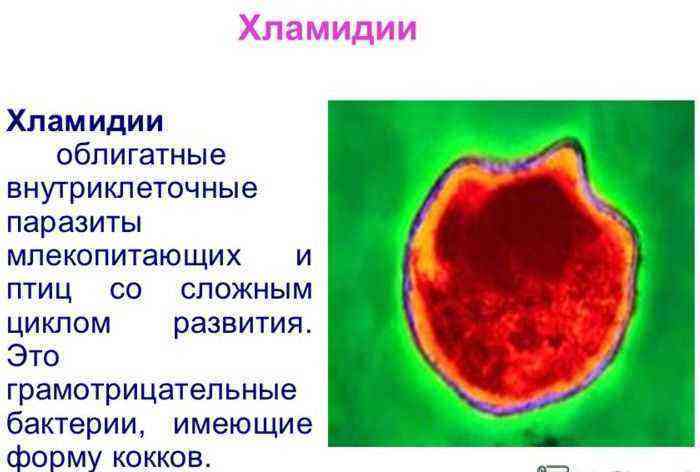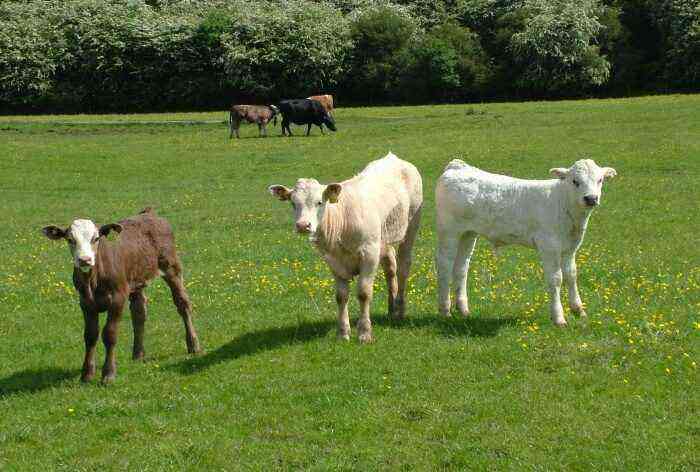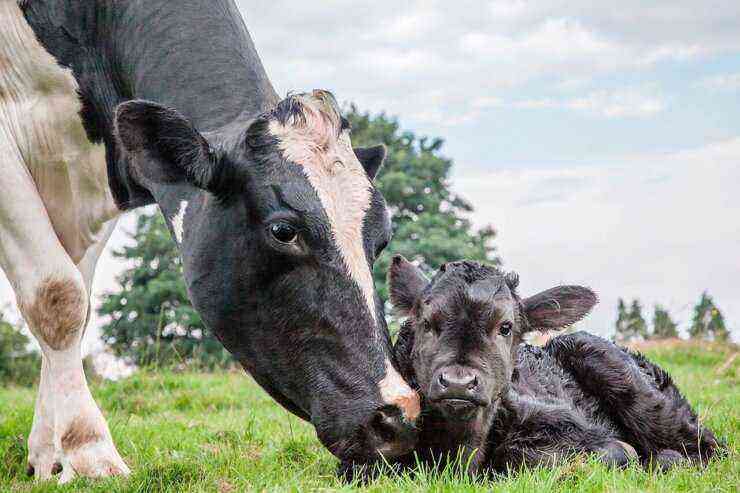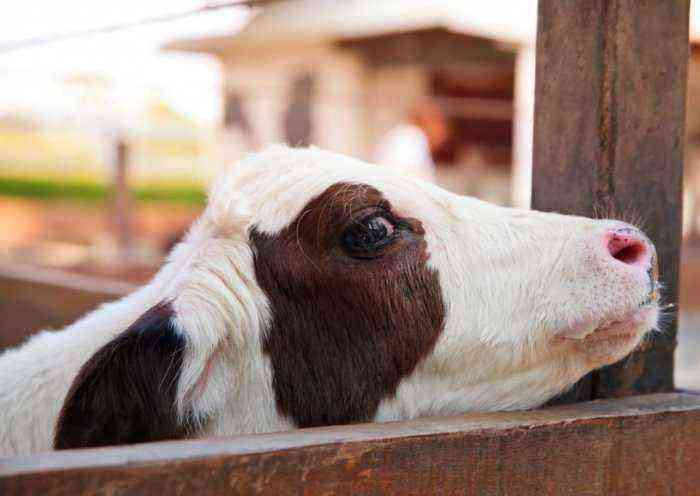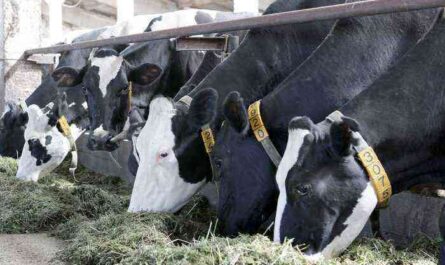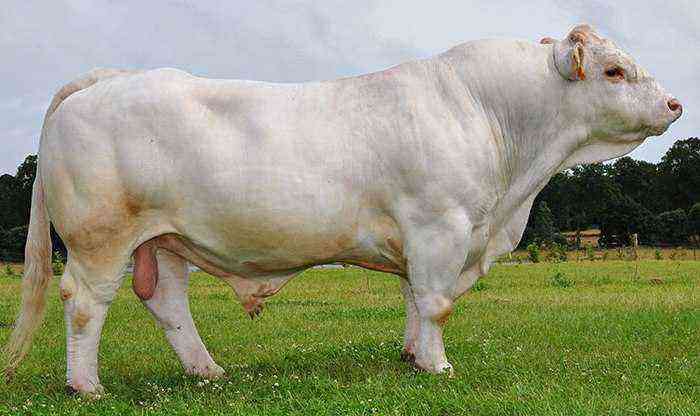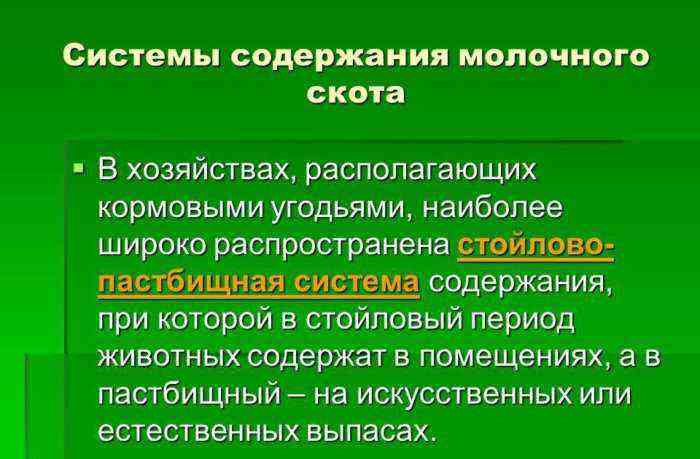Among the most dangerous and easily spreading diseases of cattle, salmonellosis of calves can be especially noted. The disease mainly affects young animals, but can spread to adult cows. However, in this case, it is usually asymptomatic and mild.
Salmonellosis in cows and calves
Since salmonellosis is a contagious disease, the main method of its control is the regular vaccination of the entire livestock of farms. Proper animal care and satisfactory, hygienic living conditions will also reduce the risk of infection.
How does the infection occur?
The causative agent of the disease is salmonella bacteria, which also pose a danger to other types of domestic animals. Even humans are at risk.
The main group most often suffering from this disease is calves aged from 10 days to 2 months. The most intense spread of the disease occurs in winter, but outbreaks of infection can occur at any other time of the year.
First of all, the animals themselves infect each other, which is why the vaccine against calf salmonellosis is so important. Carriers of harmful bacteria are not only sick individuals, but also those who have recently recovered from an illness. Together with their feces, urine, saliva, milk and other secretions, salmonella can get into the water, on the bedding in the barn, in the feed. There is an alimentary infection. Microbes enter the gastrointestinal tract of the animal, from where they are carried along with the blood throughout the body.
Associated causes contributing to the spread of the disease are as follows:
- unfavorable, unsanitary conditions for keeping young animals;
- minimum space for one individual, tightness and stuffiness in the barn;
- poor quality feed, lack of essential minerals and vitamins;
- irregular prevention of the disease or its almost complete absence.

salmonella infection
All this leads to a weakening of the immunity of cattle and, as a result, greater susceptibility to harmful microorganisms.
Symptoms of salmonellosis
The time interval between the infection of the animal and the appearance of the first symptoms of the disease can be different. In some cases, the disease is particularly acute, and the first signs are observed after a few hours. Usually the incubation period takes from 1-3 days to a week. Important factors here will be the conditions of the individual, the body’s resistance and the aggressiveness of the pathogen.
Salmonellosis of calves has acute, subacute and chronic forms.
Symptoms of acute salmonellosis:
- calves are constantly sleepy;
- lethargy is observed, most of the time the animals prefer to spend lying down, stretching their head or throwing it on their chest;
- increased body temperature, 40-41 degrees;
- palpitations, 120-150 beats per minute;
- frequent shortness of breath;
- liquid discharge from the nostrils;
- decreased appetite or its complete absence;
- starting from 2-3 days of manifestation of the first signs of the disease – loose stools interspersed with blood, with the development of the disease – arbitrary, uncontrolled excretion of feces.
Salmonella bacteria can cause acute inflammation of the kidneys, leading to painful urination and the gradual development of heart failure. After 5-10 days, a coma develops, ending in death. With a milder course of the disease, two options are possible: complete recovery or the development of a subacute, and then a chronic form of the disease.
Subacute salmonellosis is characterized by a blurring of symptoms. Diarrhea appears with a certain frequency, the development of conjunctivitis and pneumonia is observed: runny nose, wet cough, stale breath.
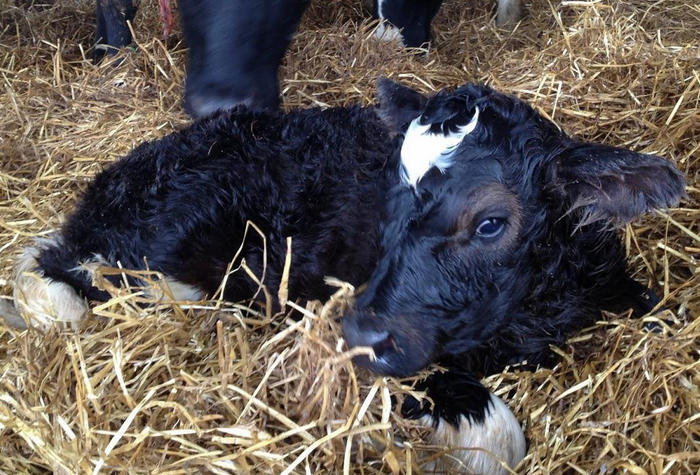
Symptoms of the disease
If the necessary therapeutic measures have not been taken, the disease is delayed and becomes chronic:
- painful cough, accompanied by the groans of the animal;
- purulent discharge from the nostrils;
- dyspnea;
- appetite is completely absent;
- body temperature does not fall below 40,5 degrees;
- arthritis develops.
Attention! Animal torment can last up to 3 months. Chronic salmonellosis without intensive treatment and proper care ends in the death of the calf.
Treatment of the disease
If traces of salmonella bacteria are found in the blood of a calf, complex veterinary care is prescribed for him. In addition to a special set of antibiotics, a polyvalent antitoxic serum against salmonellosis in calves is also used.
It is necessary to remove pathogens from the body of the animal, thereby preventing the subsequent growth of intoxication and the development of complications in the work of internal systems and organs.
Antibiotics
Beforehand, the veterinarian tests the bacteria for susceptibility to a range of drugs used to treat and prevent salmonellosis. The most effective in the fight against the disease are the following antibiotics:
- chloramphenicol (treatment period – 2-3 days, intake 3 times a day with water, 0,04 g per 1 kg of live weight);
- synthomycin (treatment period – 4-5 days, intake 3 times a day with milk, 0,02-0,04 g per 1 kg of live weight);
- chlortetracycline or tetramycin (treatment period – 4-6 days, intake 3 times a day, 0,02 g per 1 kg of live weight);
- neomycin (prescribed in case of pneumonia, 10 thousand units per 1 kg of live weight).
Antitoxic Serum
Among other drugs prescribed in the treatment of salmonellosis in cattle, it is worth noting the polyvalent antitoxic serum. This tool contributes to the rapid formation of immunity to the causative agent of the disease.

Introduction of antitoxic serum
The main action of the serum is to neutralize and bind salmonella bacteria, as well as the toxins they produce. Serum is used not only to treat infected individuals, but also as a prophylactic to prevent the spread of the disease.
The amount of the drug for one animal is calculated individually and depends on body weight. Serum is administered intramuscularly, 2-3 injections during the day, every 3-4 hours. In the case of an acute course of the disease or an advanced chronic form, the number of injections is doubled. A separate syringe should be used for each calf, and the injection site must be treated with alcohol.
After opening the vial, the serum should be used throughout the day. If for some reason this did not happen, the drug loses its pharmacological properties. Such a serum is considered defective, as well as a preparation in which a mold or a cloudy precipitate has formed.
Reference. Whey is an extremely effective tool in the fight against salmonellosis. If the calf has received a double dose of injections and there is no noticeable improvement, then the diagnosis is wrong. Most likely, the animal suffers from another ailment.
Prevention
Preventing salmonellosis will require much less time and effort than treating already sick animals and fighting the further spread of the infection.
Here is a list of the most effective preventive measures:
- strict adherence to sanitary standards for keeping, especially young individuals and queens;
- regular disinfection of yards for walking and utility rooms;
- obligatory enrichment of the diet with vitamin preparations, microelements, iotized substances;
- mandatory testing of new animals for infections before purchase;
- immunization of the breeding stock 20-30 days before the expected calving.
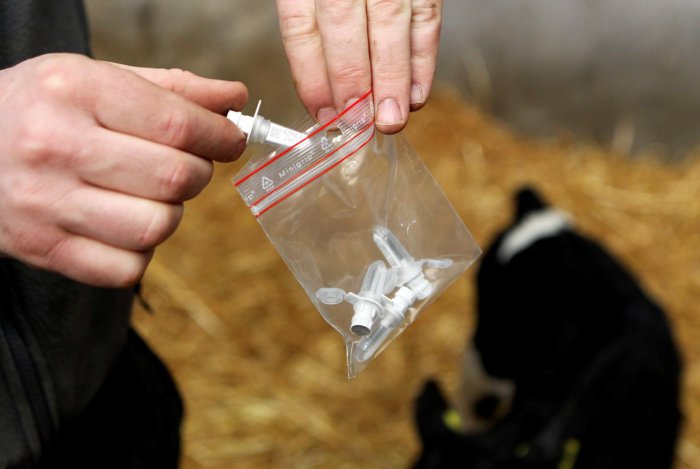
Calf vaccination
Mandatory vaccination of calves also provides additional protection against infection. The formation of stable immunity will take from 10 to 12 days from the moment of administration of the drug. It is worth remembering that the vaccine is administered only to healthy individuals. It acts only for six months and is not able to cure an already infected animal.
Pregnancy vaccination is carried out 35-45 days before calving. Cows receive the drug 2 times with an interval of 8-10 days between the first (10 ml) and second (15 ml) injections.
Calves from immunized cows are vaccinated once at 17-20 days of age. Otherwise, the vaccine should be administered on the 10-15th day of life. Also once.
Conclusion
Salmonellosis is especially dangerous because individuals who have already been ill remain its carriers for a long time. In order to avoid outbreaks of the epidemic among young animals and increased mortality of livestock, regular preventive measures should be resorted to. If the calves show pronounced signs of illness, do not hesitate to contact the veterinary service. The disease is treatable and does not require culling of animals at an early stage.

